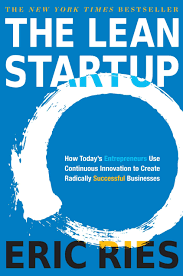What is the Lean Startup?
“The Lean Startup: How Today’s Entrepreneurs Use Continous Innovation to Create Radically Successful Businesses” by Eric Ries describes the core strategies for starting a business and has offered Büt Camp, Inc. a variety of inspirations and angles to consider. In this blog post, we especially want to discuss Leap of Faith Assumptions, including growth and value hypothesis, pivot and persevere points, and metrics and feedback loop with our valued customers.
“Hidden among these mundane details are a handful of assumptions that require more courage to state—in the present tense—with a straight face: we assume that customers have a significant desire to use a product like ours, or we assume that supermarkets will carry our product. Acting as if these assumptions are true is a classic entrepreneur superpower. They are called leaps of faith precisely because the success of the entire venture rests on them. If they are true, tremendous opportunity awaits. If they are false, the startup risks total failure.” –Ries, Eric. The Lean Startup



